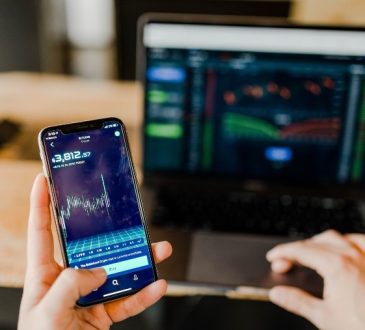
Quantitative hedge funds, commonly known as quant funds, have revolutionized the landscape of financial markets by leveraging mathematical models to make strategic investment decisions. These funds rely on advanced algorithms, statistical analysis, and mathematical models to identify patterns, exploit market inefficiencies, and manage risk effectively. The quantitative trading employs mathematical models to analyze market data, guiding investment decisions for optimal returns.
Algorithmic Exchanging Systems:
One of the key ways quant speculative stock investments use numerical models is through algorithmic exchanging systems. These algorithms are made to process a lot of real-time and historical data to find potential market opportunities. These funds are able to quickly execute trades, taking advantage of fleeting market trends and price differentials, by utilizing mathematical models.
Measurable Exchange:
Quantitative assets likewise utilize numerical models in a system known as measurable exchange. This approach includes distinguishing and taking advantage of measurable connections between various monetary instruments. By breaking down authentic value developments and relationships, these models can anticipate potential future cost changes, permitting assets to execute exchanges that benefit from transitory evaluating inconsistencies.
Risk The executives Models:
Risk management is a top priority for quant hedge funds in order to shield their portfolios from market volatility. Risk assessment and mitigation rely heavily on mathematical models. By consolidating variables, for example, portfolio expansion, unpredictability guaging, and stress testing, these models empower assets to advance their gamble return profiles and go with informed choices to protect against unexpected market occasions.
AI Mix:
Quant funds have increasingly incorporated machine learning methods into their mathematical models over the past few years. AI calculations can examine immense datasets and adjust to developing economic situations, giving a powerful edge in navigation. This reconciliation improves design acknowledgment, opinion investigation, and prescient demonstrating, permitting quant assets to remain in front of market patterns.
Market Microstructure Investigation:
Quantitative assets dive profound into market microstructure examination utilizing numerical models. Understanding how orders are executed, liquidity elements, and cost influence assists these assets with upgrading exchanging methodologies. By integrating numerical models that record for market microstructure complexities, quant assets can improve execution proficiency and limit exchange costs.
Quant mutual funds’ dependence on numerical models highlights their obligation to accuracy, effectiveness, and information driven independent direction. These modern models engage these assets to explore the intricacies of monetary business sectors, recognize beneficial open doors, and oversee gambles actually. Algorithms drive quantitative trading, utilizing statistical analysis to identify patterns and execute trades with precision.




